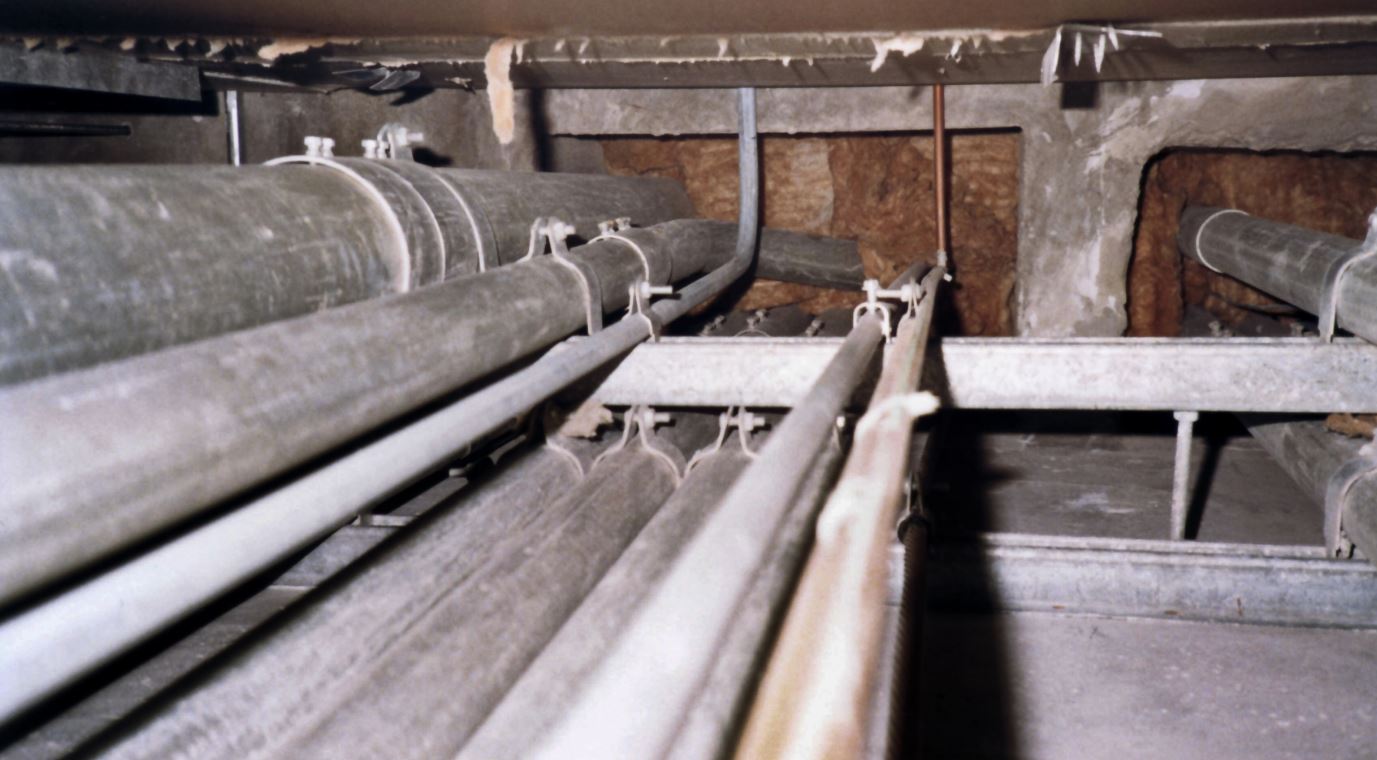
If you’re not prepared, the subzero temperatures can wreak havoc on both your indoor and outdoor plumbing system. Not only are frozen water pipes an inconvenience, but they can be downright destructive if left untreated. As temperature continue to dip, it’s a good idea to start preparing for winter with the following winterized plumbing checklist:
Prepping for Winter
Start by writing a plan for winterizing your plumbing. It’s easy to overlook something, so create a checklist of all of the different types of plumbing in your home. This includes all of the taps and valves. As you complete each one, mark it off your list so you won’t have any surprises when temperatures drop below freezing.
Check for Leaks
What starts as a small leak can transform into a huge problem when temperatures plummet. When winterizing your home, check both indoors and out for possible water leaks. If you wait until the water freezes, the damage can be catastrophic. When water freezes, it expands as it turns into ice. The expansion causes pressure, which subsequently damages your pipes.
Insulate Your Pipes
An ounce of prevention is worth a pound of cure, so you need to make sure your pipes are well insulated. Start by looking for any exposed. When you locate them, you need to wrap them in insulation to prevent freezing. Not only is pipe wrap insulation inexpensive, it’s also easy to install. If you have any questions about which pipes are safe, contact a plumbing company like Power Pro Plumbing.
Outside Hoses
Protecting outdoor hoses and pipes is just as important as protecting the pipes inside your home. Disconnect any garden hoses that are connected to outdoor faucets. Make sure that all of the water is completely drained from the hose bib If not, it can freeze and cause pipe damage. Don’t forget to store your hoses inside the garage or shed during the winter to keep them from cracking.
After you’ve drained all of the water, it’s time to insulate the hose bibs. In places where temperatures are known to hit single digits, you usually have a shut-off valve for outdoor faucets. If you have one, you can turn the water off to the hose bib as well.
Keep in mind that you will need to drain the pipes completely. This can be easily accomplished by opening the hose bibs and letting the water drain out.
On the other hand, if you don’t have a shut-off valve, you can protect your hose bibs with hose bib covers. The insulation will keep the hose bibs from freezing when it’s below zero outside.
Winterizing your plumbing before cold weather strikes is key to avoiding the messy and expensive issue of frozen pipes. Although preparing in advance may not always prevent disaster, it will give you the confidence to stand up to Old Man Winter.


Comments
Loading…